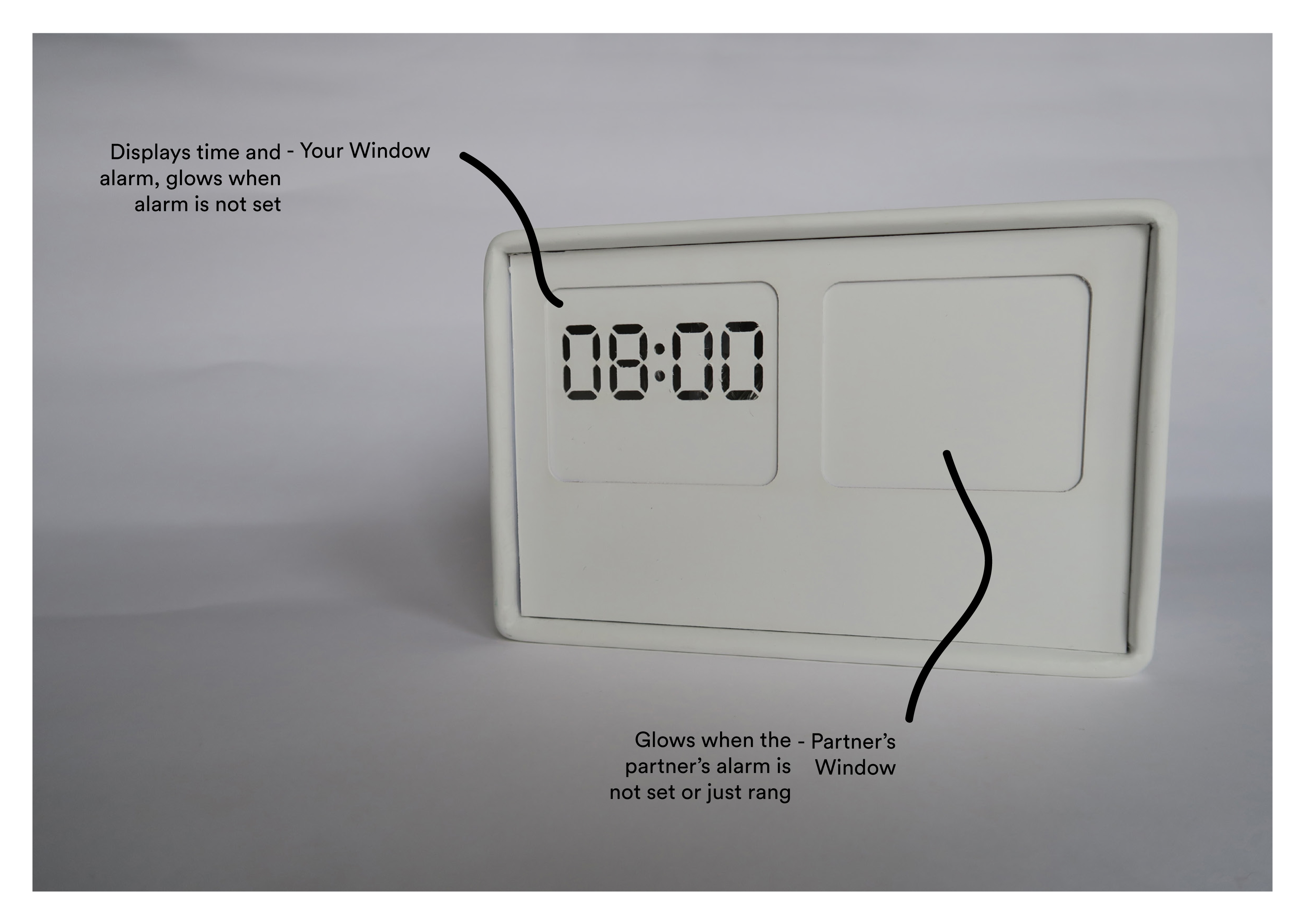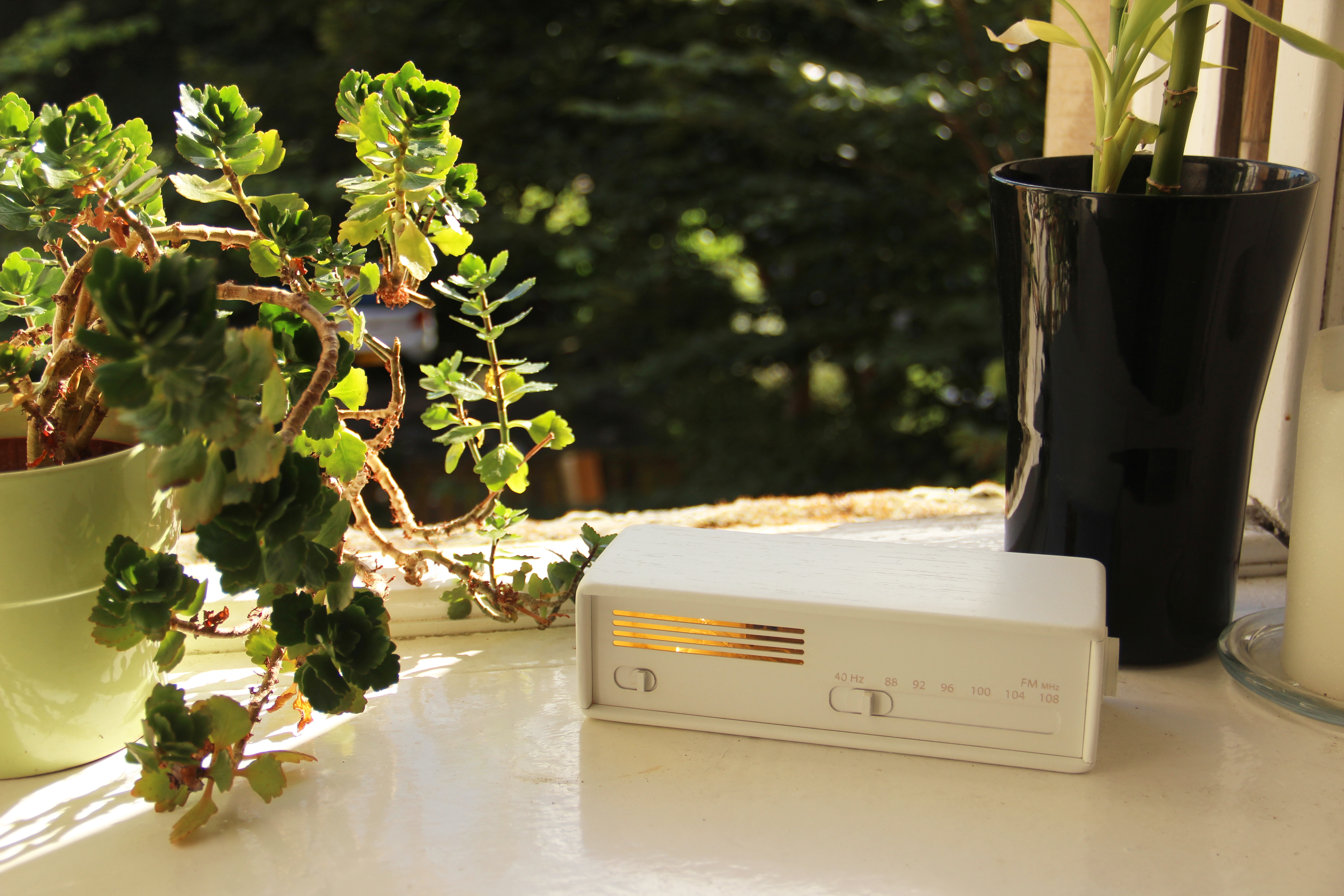Between Us
August, 2017
Speculative Design, Product Design
As more and more people move to different parts of the world to study or work and follow their dreams, distant love is a growing phenomenon for those under the age of 30.

A stereotyped view on “distance”
This issue is usually treated in a pessimistic, slightly patronizing way. Distant partners are presented as hopelessly exiled lovers, missing their relationships, doomed due to distance. According to my research, this point of view is far from reality. A growing number of partners happily decide to live apart, either for a limited time or as the best arrangement for their relationship to grow fonder and more stable.
Between Us is a fictional company that re-imagines objects we use everyday, through the lens of distant love.
Based on the conversations I had with my stakeholders, I concluded that togetherness can be found in small, mundane moments during the day, and that is nurtured by some unaware actions.
I analized those activities, and the objects and services that enable and support them. I designed three outcomes that envision how those moments of togetherness might be experienced when the two partners are away from each other.
This issue is usually treated in a pessimistic, slightly patronizing way. Distant partners are presented as hopelessly exiled lovers, missing their relationships, doomed due to distance. According to my research, this point of view is far from reality. A growing number of partners happily decide to live apart, either for a limited time or as the best arrangement for their relationship to grow fonder and more stable.
Between Us is a fictional company that re-imagines objects we use everyday, through the lens of distant love.
Based on the conversations I had with my stakeholders, I concluded that togetherness can be found in small, mundane moments during the day, and that is nurtured by some unaware actions.
I analized those activities, and the objects and services that enable and support them. I designed three outcomes that envision how those moments of togetherness might be experienced when the two partners are away from each other.

The Scent Between Us is a service covered by Between Us, that allows couples in a long distance to transfer informations about their wellbeing through the smell of their own bodies.
The sender of the postcard has to rub the Tester on their upper body, in order to allow the paper to absorb the sweat. e tester will change color according to the pH level of their skin. This acidity level is been liked by many researches to stress and tiredness. The tester will collect also the scent of the sender, thanks to its absorbent quality.
The receiver, once opened the envelope, will be able to observe the color shade of the Tester, and compare it to the legend. A perforated line on the Tester allows to tear half of the sheet, that can be rolled up and stored in the Personal Diffuser. This device is a cylindrical necklace, that contains, other than the Tester, a bluetooth receiver and a resistance. If connected to the smartphone, every time they receive a text message from their partner, the resistance will gently warm up the tester, releasing the smell and glowing through the holes.

The Night Between Us is a connected object that links two partners, emphasising the moment they go to bed and wake up. The object presents two backlit squared recesses on the facade, symbolising two windows.
Each partner, in fact, owns either the right or the left hand side window. Each of them can set up the alarm for the following morning, and once pressed the confirmation button the glowing light will fade. Same will happen when the other partner is retiring to bed, so the alarm will stay dark until one of the partner’s alarm will ring, switching on again the light at their window.
The partners are brought closer, as if they were neighbours, by the simple information given by the alarm. Interesting interactions could also take place if, for instance, one of the partners struggles to go to sleep, or is busy working until late night.

The Music Between Us is a wifi connected radio that enables a link between partners through music.
The object looks and works as any other FM radio speaker: has volume regulation and FM frequencies selector.
One of those, on the left hand side of the spectrum, is actually a fake frequency. Positioning the selector on that frequency would connect the device with the partner’ one, reproducing the same radio channel on both devices. If the other’s radio is switched off , the active partner will hear the typical fuzzy radio sound, indicating that there’s no active signal on that selector position. If both of the selector would be positioned on the “shared” frequency the radi will still reproduce the “no signal” sound.
This way the two partners will never “meet each other” through the radio, but just one of them can have a glimpse into the other’s day.





